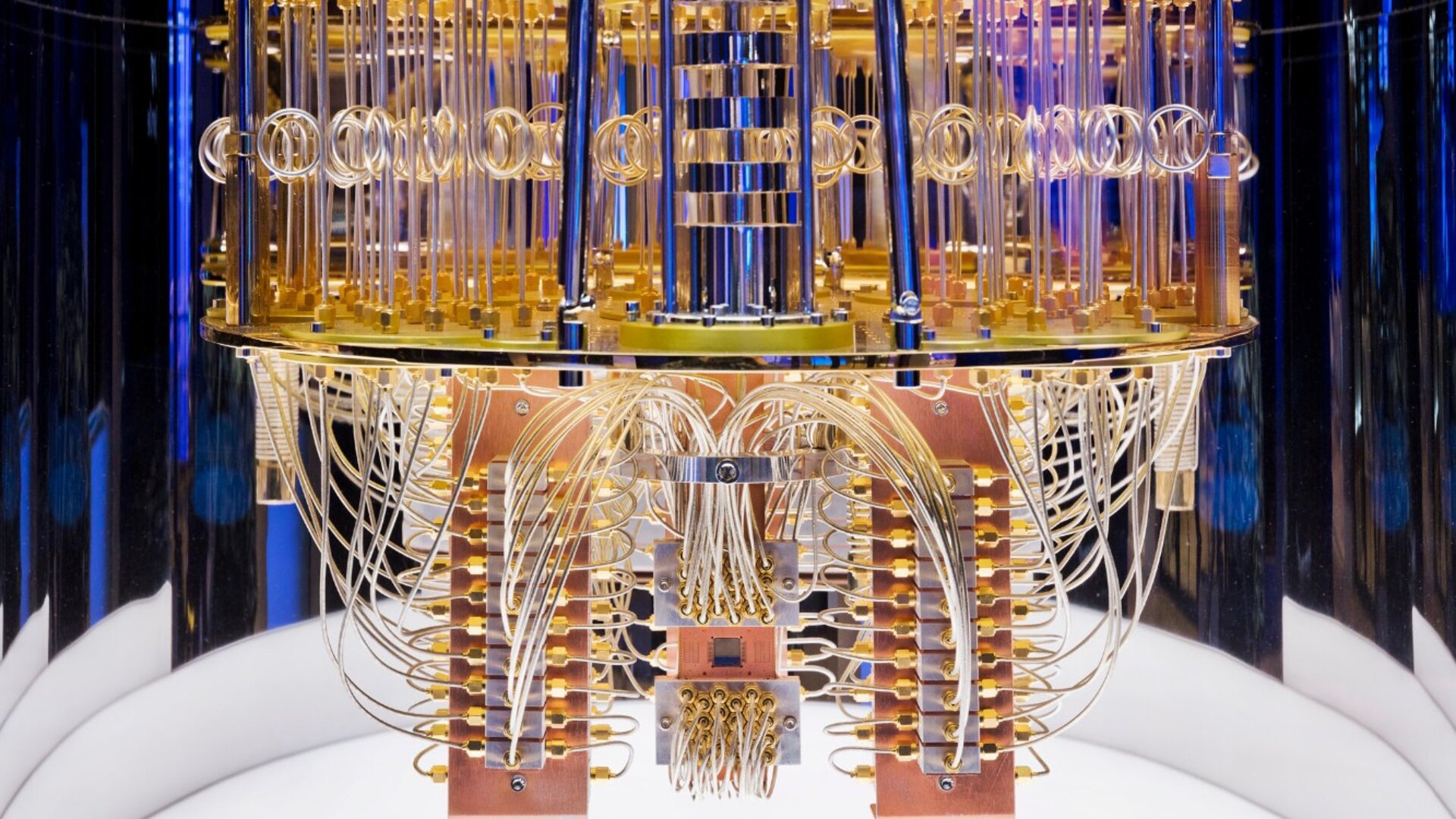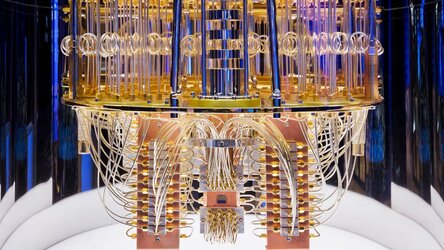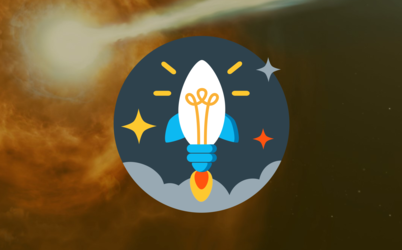GSTP Industry Working Days 2022
3 cutting-edge topics | 3 constructive days | 1 ESA
ESA’s GSTP, together with FFG, the Austrian Aeronautics and Space Agency, invite you to join our three-day GSTP Industry Working Days to discuss the main future innovations our technology programmes must address in three key areas:
- Artificial Intelligence
- Digitalisation
- Quantum Technology
The event will be held 22-24 June 2022 at the Grand Hotel, Vienna.
During the event we will work with industry to facilitate industrial partnerships through round tables, to discuss the future of GSTP and to hear some of the latest achievements from the programme.
The GSTP Industry Days are open to industry, academia and SME's who would like to share in these discussions, which will focus specifically on space technologies in these fields.
Registration
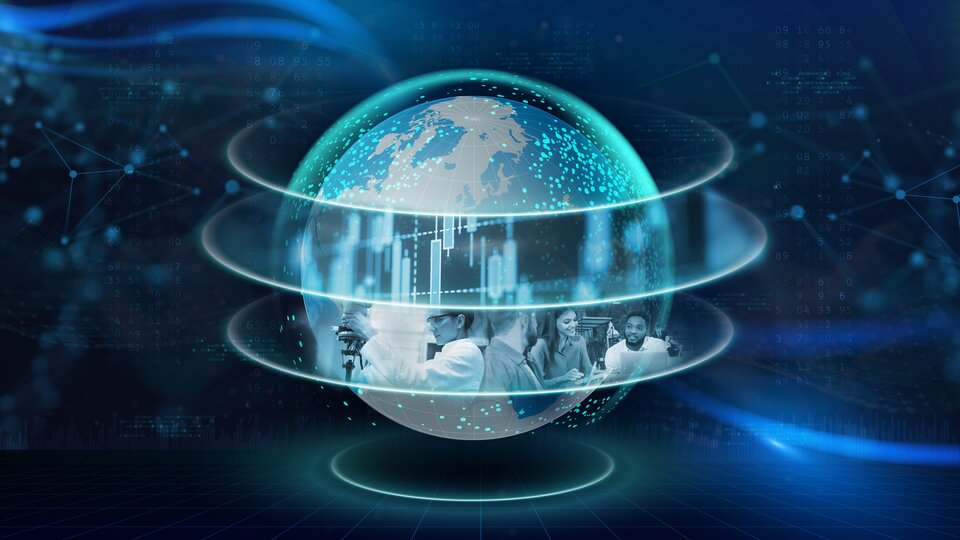
Registration is now full, if you would like to be added to the waiting list please use the link below:
https://atpi.eventsair.com/gstp-industry-working-days/registrationw
Participants who want to attend are required to register themselves due to data privacy rules.
Agenda
The event brochure can be found here, or in the link at the bottom of the page. You can download the most up to date agenda at this link using the password GIWD.2022.
The topics
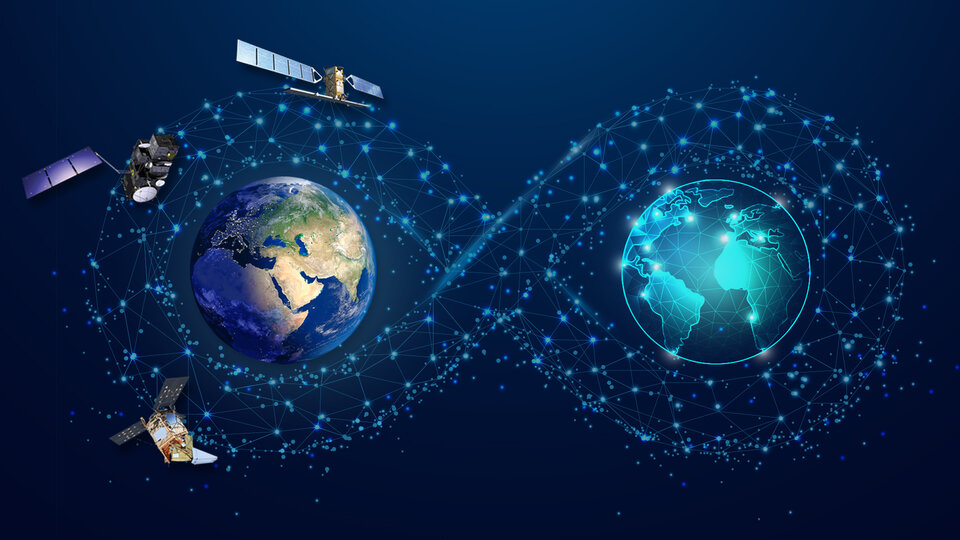
Digitalisation
Digitalisation in space projects is being implemented across engineering, product assurance, operation, but also project management, procurement and more corporate aspects. Digital system engineering is already introduced in early phases of several space projects, while other disciplines are progressively putting more emphasis on data. Digitalision of space projects is taking place for example by replacing data hidden in documents by data accessible by a computer. Such technology improves data visibility and consistency, and results with design and operation optimisation, trend and impact analysis, etc.
In the next three years, digital system engineering will be propagated to phase B2/C/D, digitalisation of various space domains will be matured and made consistent with system engineering, project management processes will be formally defined and made digital, specialised tools will be procured or developed and made interoperable to implement digital continuity of data threads, aiming, on the long term, at the availability of spacecraft digital twins, and extended Entreprise between Agencies and Industry.
AI
Artificial Intelligence (AI) applications in space domain cover multiple developments such as fault detection, isolation and recovery techniques for on-board processing. High focus is given on high performance for payload and high availability for platform. To facilitate this, there is a demand for development of hardware able to efficiently run AI algorithms on-board, leveraging the newest technologies and evaluating components and modules from different qualification levels from commercial-off-the-shelf to full radiation hardened by design. It is aimed to establish a versatile, compact, modular and scalable data handling system architecture using standardised building blocks through the ADHA initiative.
Furthermore, AI is being applied in AOCS (Attitude and Orbit Control Systems) and GNC (Guidance, Navigation and Control) systems which are designed using model-based techniques. This helps to ensure that the attitude and trajectory of spacecraft are controlled compatibly with the mission needs. In such applications, AI has the potential to complement model-based techniques with data-driven methods in order to enhance the robustness and performance of GNC and AOCS systems.
ESA is running R&D activities to explore the use of machine learning (e.g. neural networks, reinforcement learning, imitation learning) not only for navigation tasks, but also for guidance optimisation, for system identification of complex dynamics (e.g. wind estimation), and for enhancing the spacecraft control performance. The critical issues of explainability and verifiability are being addressed in the on-going research and will certainly require extensive future work.
“The ESA Directorate of Operations has invested in Artificial Intelligence (AI) and Digitalisation by developing a Roadmap to identify the upcoming developments on AI for Automation (A2I) in mission operations and foster the European Space Sector growth in the use of applied AI. The analyses, performed by specialists at ESOC and an industrial consortium, revealed that AI can significantly support the
automation of mission operations by increasing efficiency and reducing overall workload, freeing up mission operators from mundane and repetitive tasks. Hence, the implementation of the Roadmap will entail the investigation and development of AI-based solutions for automating a broad range of mission operations tasks and activities. Among others, these include predictive infrastructure maintenance, mission planning, operational simulation, mission operations systems testing and validation, spacecraft health monitoring, problem diagnosis, and the recommendation of actions to spacecraft operators. The A²I Roadmap will bring the benefits of AI automation solutions to a wider audience and ensure that they meet the needs of European industry.
Quantum computers are expected to handle operations at speeds exponentially larger than conventional computers, while consuming much less energy. Hence, Quantum Computing (QC) is a technology domain expected to bring great benefits to the resource intensive Mission Operations Data Systems and Applications, as the emergence of such hardware will allow for quantum approaches to address problems that are currently being tackled using classical or AI methods. The identification of suitable use cases in the areas of Mission Control, Mission Planning, Simulation, Flight Dynamics and the respective AI applications has already begun within the ESA-wide Cross Cutting Initiative and the corresponding proof-of-concept QC solutions will soon be planned for development from industry.”
Quantum
Developments in quantum technologies for space applications include the following:
* Quantum electronics, atomic quantum state preparation and control, quantum frequency metrology, quantum secure communication and the subsequent exploitation of dual use applications (metrology & computational) developments vis-a-vis atomic clocks and quantum processors and quantum simulation using key developmental building blocks.
* The analysis and later implementation of quantum sub-systems in ESA programs such as the application of Quantum computational techniques for large data set analysis in Earth Science, navigation orbit refinement and optimisation,
Furthermore, ESA is running a Quantum Technology Cross Cutting Initiative, a collective action principally to explore the interest and relevance of the application of quantum techniques and technologies across the agency. This analysis has also been shared with industry in order to obtain their opinions and feedback.
Logistics
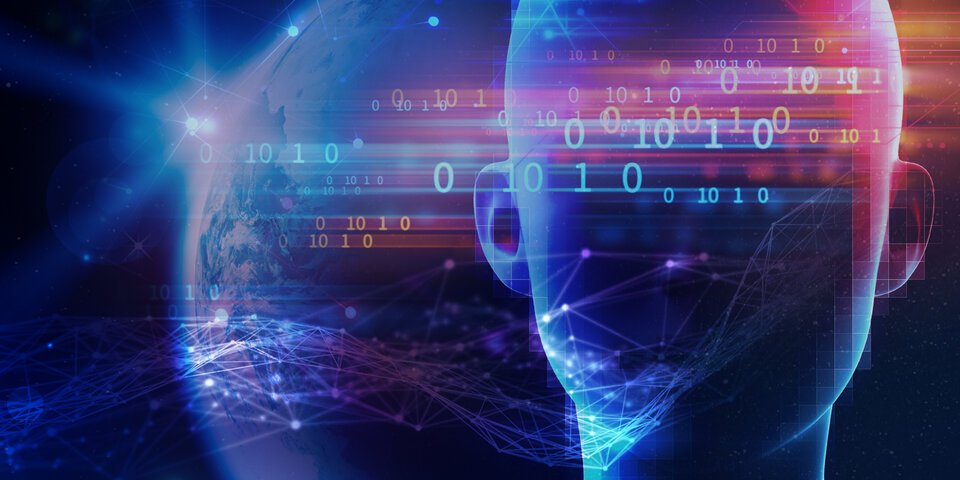
Social event
There will be a networking social event on the 23rd June including a walking tour of Vienna's city centre. We will meet at the main foyer of the Grand Hotel Wien at 18:30 for the walking tour. For the dinner, we will be meeting at Urania restaurant from 19:30.
Venue
The GSTP Industry Working Days are being held at the Grand Hotel at the heart of Vienna, in Austria.
Transport
Travelling to Vienna, Austria:
There are direct flights to Vienna from London, Berlin, Munich, Dublin, Milan, Copenhagen, Stockholm, Riga, Helsinki, Warsaw, Vienna and more.
Travelling to the venue:
Transfer Times to Grand Hotel Wien:
From the airport - 20km (35 minutes)
From Westbahnhof train station - 3 km (15 minutes)
From Hauptbahnhof train station - 1 km (10 minutes)
From city air terminal Wien Mitte - 0.7 km (5 minutes)
For information about how to get to and from the venue please see the hotel's website.
Accommodation
We have reserved rooms at a nearby hotel, Hotel Astoria, with a discount link:
https://www.austria-trend.at/book/GIWD22ASTORIA
While we cannot guarantee we will still have rooms available, nor can we help arranging accommodation, please contact us if you need further advice.
Visiting Vienna
Learn more about what to do in Vienna and Austria from wien.info.















 Germany
Germany
 Austria
Austria
 Belgium
Belgium
 Denmark
Denmark
 Spain
Spain
 Estonia
Estonia
 Finland
Finland
 France
France
 Greece
Greece
 Hungary
Hungary
 Ireland
Ireland
 Italy
Italy
 Luxembourg
Luxembourg
 Norway
Norway
 The Netherlands
The Netherlands
 Poland
Poland
 Portugal
Portugal
 Czechia
Czechia
 Romania
Romania
 United Kingdom
United Kingdom
 Slovenia
Slovenia
 Sweden
Sweden
 Switzerland
Switzerland



























